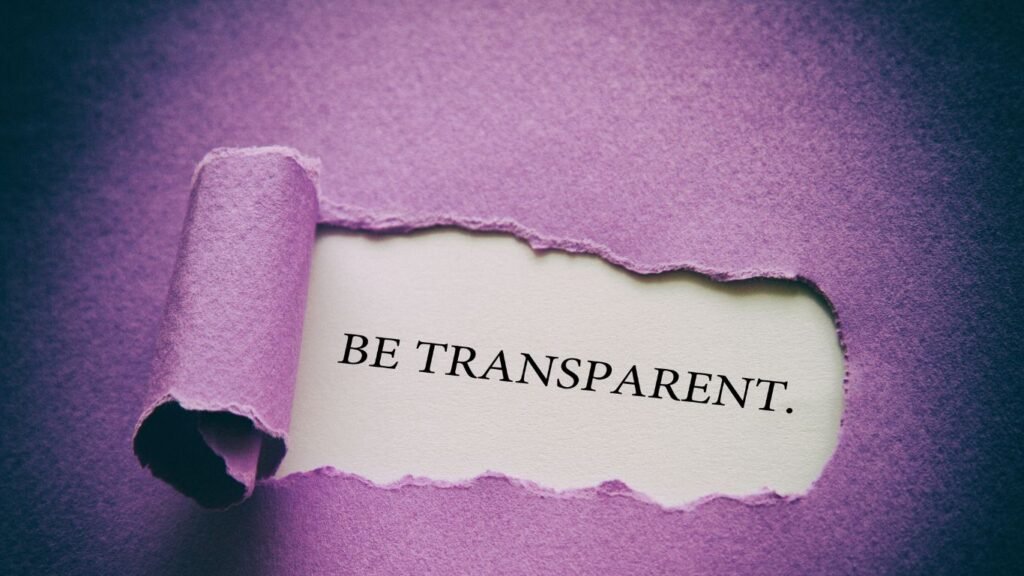Red, White & Royal Blue Movie vs Book: Key Difference

Casey McQuiston’s 2019 debut novel Red, White & Royal Blue earned praise for its witty dialogue, heartfelt romance, and progressive representation. The book follows the blossoming relationship between Alex Claremont-Diaz, the First Son of the United States, and Prince Henry of the United Kingdom. In 2023, Amazon Prime Video released the film adaptation, directed by Matthew López, bringing this beloved queer love story to a broader audience. While the movie preserves the central romance, it diverges from the book in several key ways, including character development, plot structure, and thematic focus.
This article provides a detailed comparison between the novel and the film, highlighting their differences while exploring how each version approaches the same story in its own style.
1. Character Adjustments
The movie simplifies the character list significantly. One of the most noticeable changes is the complete removal of June Claremont-Diaz, Alex’s older sister. In the book, June plays a crucial role as Alex’s confidante and provides emotional support during his journey of self-discovery. She balances the Claremont-Diaz family dynamic and adds depth to Alex’s personal life. By removing her character, the film compresses multiple emotional roles into the character of Nora, Alex’s friend and former flame.
The film also reimagines Rafael Luna, a gay Latino senator who mentors Alex in the book. Luna plays a pivotal role in the political subplot, including a storyline involving a betrayal that fuels dramatic tension. The film either omits or significantly downplays Luna’s arc, focusing more tightly on the romantic core.
These changes streamline the narrative for a tighter runtime but remove some of the nuance and secondary conflicts that enriched the original novel.
2. Tone and Depth of Political Narrative
The book contains a robust political backdrop. Casey McQuiston, who worked in political communications, injects real-world insight into the workings of a U.S. presidential campaign. The novel includes rich subplots about electoral strategy, media influence, and the emotional toll of living in the political spotlight.
In contrast, the movie simplifies the political context. It presents President Ellen Claremont’s re-election campaign more as a setting than a developing storyline. Scenes related to campaigning, debates, and policy take a backseat. The film centers its attention on romance and emotional transformation, often softening the sharper political commentary found in the book.
This shift in focus allows the movie to function as a romantic fantasy but removes the intricacy of the political world that added realism and tension in the novel.
3. Romance Development and Pacing
The book develops Alex and Henry’s relationship over an extended timeline. Their enemies-to-lovers arc unfolds through detailed conversations, email exchanges, and shared experiences across various countries. These elements build intimacy and emotional growth gradually, providing a full emotional arc.
The film accelerates their romance. It condenses months of tension and development into a series of high-impact scenes. While it retains the major plot points—the cake incident, the Royal Wedding, the New Year’s kiss—it skips over many of the slower moments that gave the novel its rich emotional layering.
The movie still delivers a satisfying romance, but it leans more toward instant attraction than slow-burn chemistry.
4. LGBTQ+ Representation and Coming Out
Both versions emphasize the importance of LGBTQ+ visibility, but they differ in tone. The novel treats coming out as a nuanced journey. Alex questions his sexuality after developing feelings for Henry and engages in deep, reflective conversations with his family and friends. These scenes help normalize bisexuality and portray sexual identity as fluid and complex.
The film touches on these issues but addresses them more quickly. Alex comes out to his mother in one emotional conversation, without the extended internal struggle portrayed in the novel. Henry’s fear of scandal and duty to the Crown receives attention in both formats, but the movie resolves his conflict faster to maintain pacing.
The book portrays coming out as a process, while the film treats it more as a plot milestone on the way to a happy ending.
5. Key Scenes Altered or Omitted
Several fan-favorite scenes in the novel never appear in the movie. The email exchanges, which quote historical love letters and reveal deep emotional vulnerability, play a critical role in the novel. These messages showcase the romantic intensity and literary flair of Alex and Henry’s relationship. The film includes a few of these moments, but without the same emotional depth or historical resonance.
Additionally, the state dinner where Alex and Henry first reconnect after the cake debacle lacks the tension and flirtation present in the book. The Paris escape, a moment of emotional clarity for both characters in the novel, appears briefly in the film but feels rushed and underdeveloped.
These omissions affect the tone of the story. The book provides a more detailed and emotionally layered romance, while the film opts for a streamlined, visual approach focused on dramatic highs.
6. Ending and Public Revelation
In the novel, the climax unfolds with a dramatic leak of Alex and Henry’s emails, followed by intense media scrutiny and political fallout. Both characters face immense pressure but choose to remain together. The story ends with a hopeful message about love, acceptance, and public support.
The film mirrors this event but handles it more neatly. The public revelation leads to a supportive response, but the fallout lacks the stakes seen in the book. The narrative wraps up quickly with a romantic reunion and a celebratory note.
Where the novel delves into the emotional complexity of fame, privacy, and choice, the film offers a more idealized resolution that reflects the genre’s feel-good tone.
7. Overall Themes and Messages
Both the book and the movie champion themes of love, courage, and identity. However, the book embraces a more ambitious scope, combining political drama, familial expectations, and self-discovery with romance. The movie narrows its lens to focus on charm, chemistry, and emotional payoff.
The film feels lighter, more accessible, and visually captivating. The book delivers more introspection and thematic exploration. Each format tells a compelling story, but they serve different emotional appetites.
Conclusion
Red, White & Royal Blue shines in both forms, but readers and viewers will notice distinct differences. The novel crafts a sweeping story rich in character development, emotional nuance, and political insight. The film provides a romantic and visually engaging version of that story, with a tighter narrative and brighter tone.
Both versions celebrate queer love, challenge traditional norms, and encourage authenticity. Readers seeking a layered, introspective journey will favor the book, while those craving a heartwarming visual romance will enjoy the film. Together, they expand the story’s impact and ensure that Alex and Henry’s love reaches hearts across mediums.













